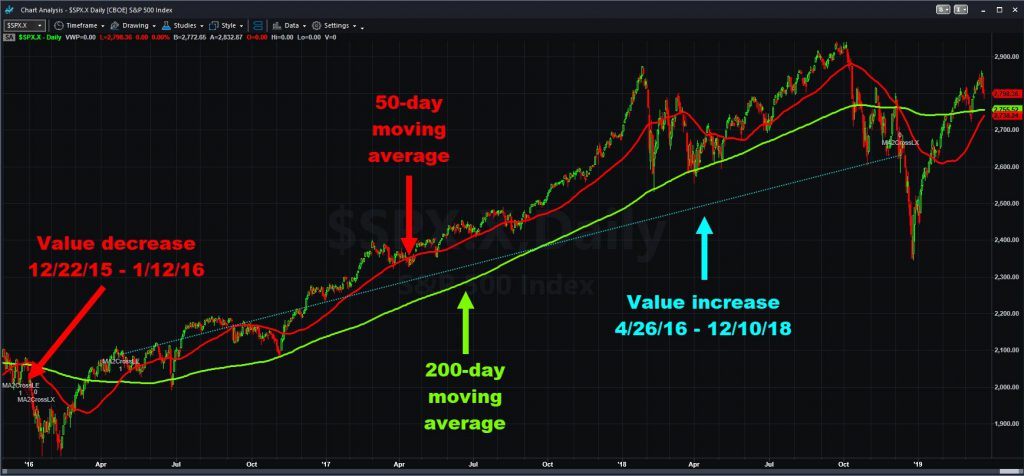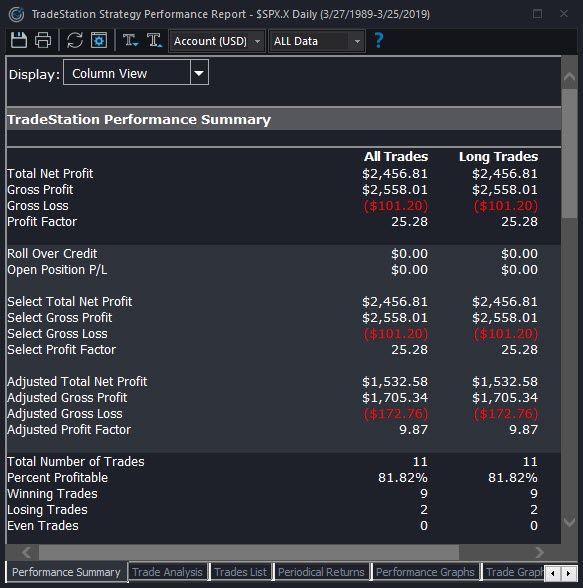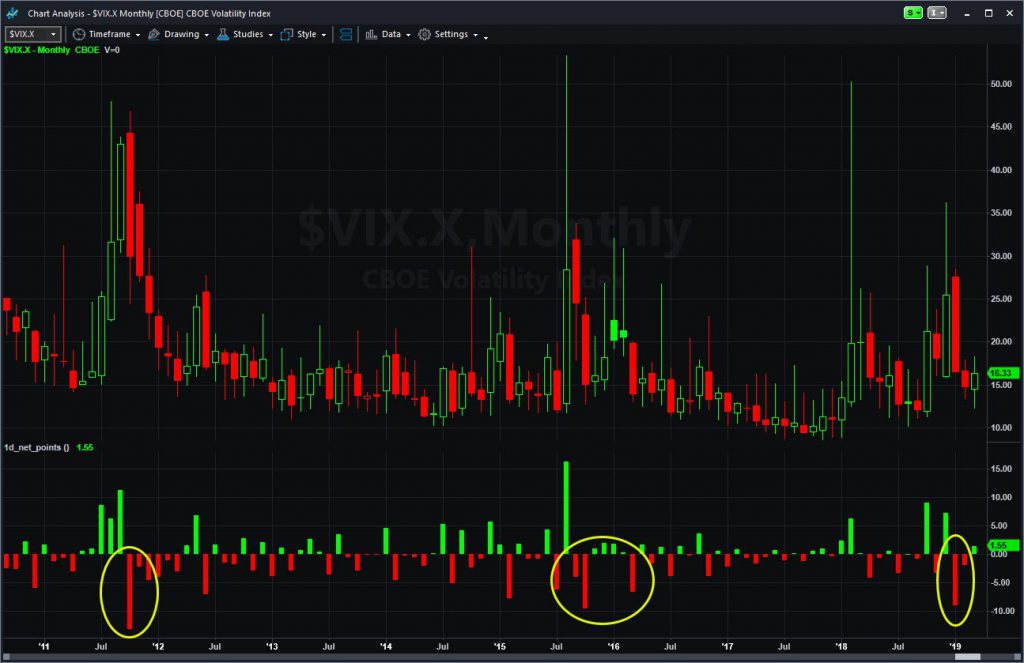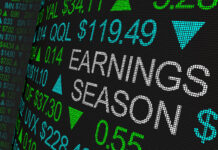One of the most popular chart patterns is about to take place on the most important index.
We’re talking about a “golden cross” on the S&P 500. Defined as a cross of the 50-day moving average above the slower 200-day moving average, technicians often view this event as a sign that longer-term momentum is turning favorable.
As of yesterday’s close, the S&P’s 50-day MA was 16 points below the 200-day MA. The faster average is rising about 4 points per day, which means a golden cross may occur in the next week.

S&P 500 chart with moving averages and automated strategies.
Most readers have probably heard about golden crosses in the news. (And get ready, because you will hear plenty of it after the fact.) But just how useful is it? We used TradeStation’s platform to find out.
Backtesting Unleashed
According to our backtesting, the golden cross is a powerful signal occurring 11 times in the last 30 years. Investors going long the S&P after the 50-day MA rose through the 200-day MA would have seen it increase nine of those times.
Even more interesting: The average increase was 284 points, while the average decline was just 50 points.
Want to try it yourself? It’s a lot easier than you might imagine. I simply opened a chart and added the “MovingAvg2Line LE” strategy. This programs a buy order when one moving average rises above another.
I then modified the strategy using EasyLanguage® to do the exact opposite, selling when the faster MA drops below the slow one. That way, it goes long when the golden cross occurs and exits when the condition disappears.

Now versus 2016
The last golden cross occurred almost three years as the market clawed its way back from a double dip in the summer of 2015 and early 2016. It ended in last December as investors liquidated high-profile growth stocks like Apple (AAPL) and Nvidia (NVDA).
The current situation seems to resemble 2016 in a few ways. First, both times the preceding crashes were partially caused by the Federal Reserve raising interest rates.
Interestingly, the Fed backed off its hawkishness 2016, going almost all year without a rate hike. The central bank just did something similar last week, pretty much promising to keep the punch bowl in place for the rest of 2019.
Second, both selloffs partially resulted from anxieties about China. In 2016, investors gradually stopped worrying about conditions globally to focus on a healthier domestic picture. Will that happen now, especially given the surprisingly strong consumer backdrop?

Third, both golden crosses came after the Cboe volatility index ($VIX) dropped sharply from the mid 20s into the mid teens. (The same thing came happened in late 2011, before another accurate signal in early 2012.)
In conclusion, we’re not trying to make any predictions and historical performance is no guarantee of future results. But we just thought it was a good time to take a look at history and let the numbers speak for themselves.
























